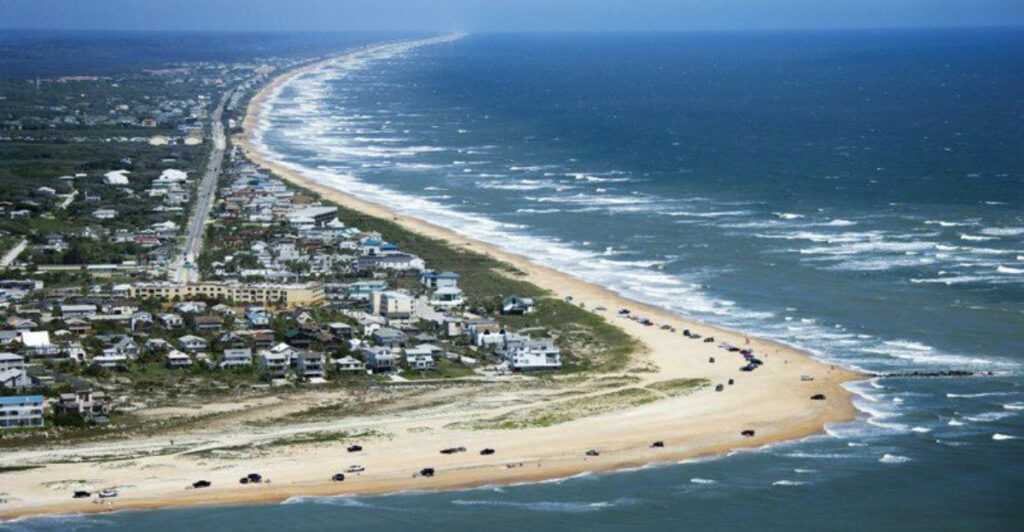Florida’s pristine coastline attracts millions of visitors each year, but beneath the beauty lies hidden dangers that most tourists never consider. While vacation brochures showcase crystal-clear waters and sugar-white sand, they rarely mention the deadly currents, aggressive marine life, and unpredictable conditions that claim lives annually. Understanding these risks could be the difference between a memorable vacation and a tragic headline.
1. New Smyrna Beach (Volusia County)
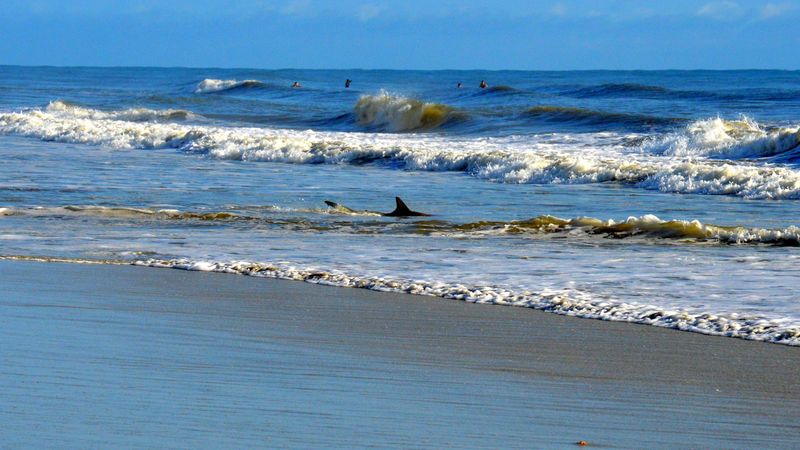
Surfers flock here for world-class waves, but they’re sharing the water with some unwelcome guests. This stretch of coastline holds the infamous title of “Shark Bite Capital of the World,” with more recorded shark encounters than anywhere else on Earth.
Strong rip currents near Ponce Inlet add another layer of danger, especially for inexperienced swimmers. The murky water makes it difficult to spot approaching sharks or gauge water depth.
Smart beachgoers avoid swimming near sandbars where sharks hunt for fish. Dawn and dusk present the highest risk periods when these predators are most active in shallow waters.
2. Panama City Beach (Bay County)
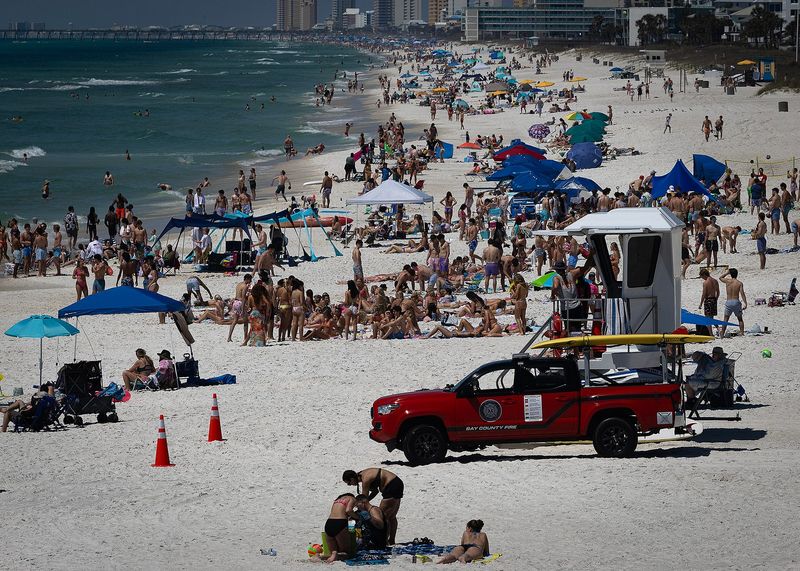
Spring break paradise turns deadly when alcohol meets powerful Gulf currents. This party destination records alarming drowning rates, often involving intoxicated college students who underestimate the ocean’s power.
Beyond the water dangers, drunk driving accidents spike during peak season. Boat collisions become more frequent as inexperienced operators navigate crowded waterways while impaired.
Lifeguard stations offer the safest swimming zones, but they can’t protect against poor judgment. Avoiding alcohol before entering the water dramatically reduces your risk of becoming another tragic statistic in Panama City’s troubled waters.
3. Cocoa Beach (Brevard County)
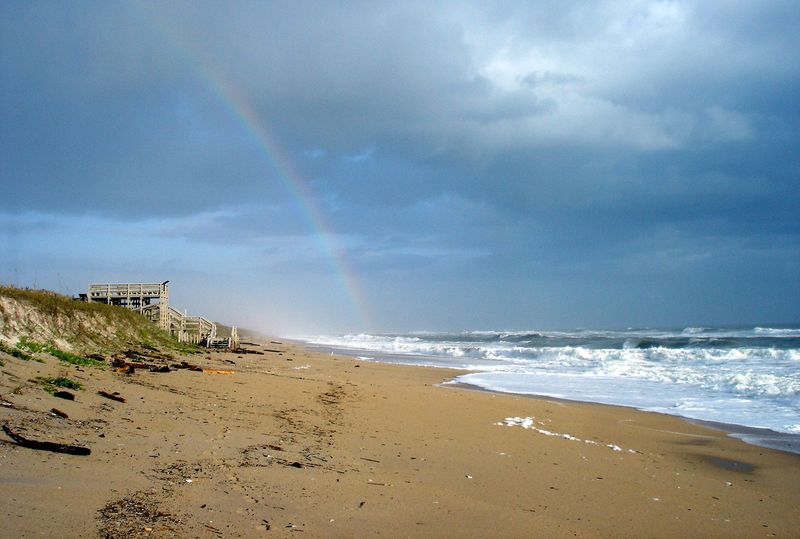
Astronauts launch into space nearby, but beachgoers here face their own dangerous mission. Rough surf and powerful undertows create conditions that challenge even experienced swimmers, leading to frequent water rescues.
Portuguese man o’ war jellyfish drift into these waters regularly, delivering excruciating stings that can cause severe allergic reactions. Their translucent bodies make them nearly invisible until it’s too late.
Storm systems intensify these already dangerous conditions, stirring up marine life and creating unpredictable wave patterns. Checking surf reports before entering the water helps visitors avoid the worst conditions and potential emergency situations.
4. Blind Pass Beach (Sanibel Island)
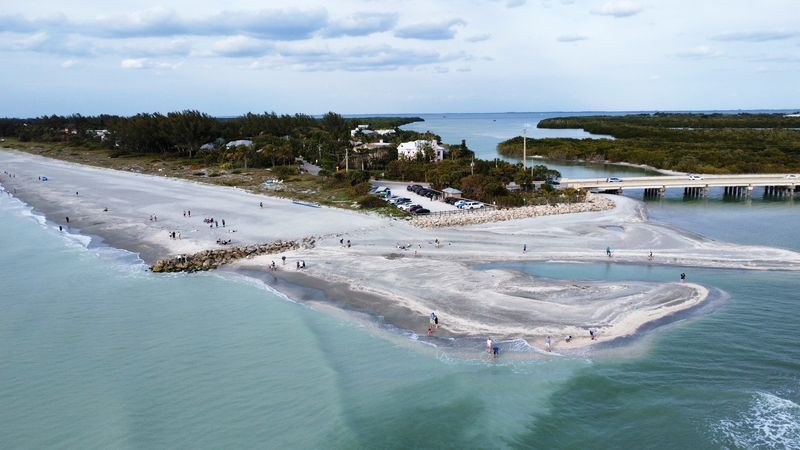
Where the Gulf of Mexico meets the bay, nature creates a deadly mixing bowl of currents that has claimed multiple lives. The name “Blind Pass” proves prophetic for swimmers who can’t see the underwater dangers.
Sudden drop-offs catch waders off guard, while shifting sandbars create unpredictable underwater terrain. Even strong swimmers struggle against the competing currents that can drag victims toward deeper water.
Local authorities recommend this area only for highly experienced swimmers who understand ocean dynamics. The scenic beauty masks treacherous conditions that have turned family vacations into tragedies for those who underestimated the water’s power.
5. Fort Pierce Inlet State Park

Fishing enthusiasts love this inlet, but the same features that attract fish create hazardous swimming conditions. Powerful rip currents form where the inlet meets the Atlantic, creating washing machine-like turbulence.
Sharp rocks line portions of the shoreline, posing injury risks to anyone swept off their feet by unexpected waves. Shark sightings occur regularly as predators follow baitfish through the inlet.
Designated swimming areas provide the safest options, though even these zones require caution and constant awareness. Swimming alone here is essentially gambling with your life, as rescue becomes nearly impossible in the churning waters near the inlet’s mouth.
6. Playalinda Beach (Canaveral National Seashore)
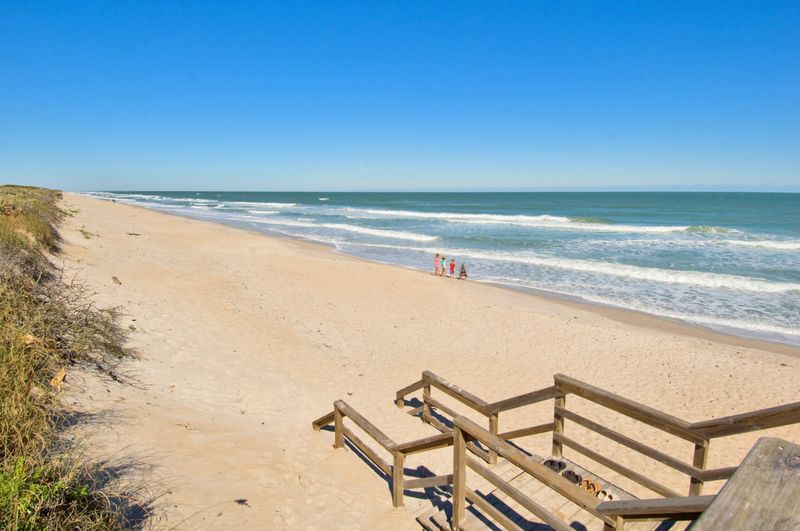
Miles from civilization, this remote paradise becomes a death trap when things go wrong. No lifeguards patrol these pristine shores, leaving swimmers completely dependent on their own skills and judgment.
Alligators occasionally wander from nearby lagoons onto the beach, while sudden thunderstorms can trap visitors far from shelter. Lightning strikes pose serious risks in this exposed coastal environment.
The isolation that makes Playalinda beautiful also makes it deadly dangerous. Bringing a swimming buddy isn’t just recommended—it’s essential for survival. Weather conditions can change rapidly, turning a peaceful day into a life-threatening emergency.
7. South Beach (Miami Beach)
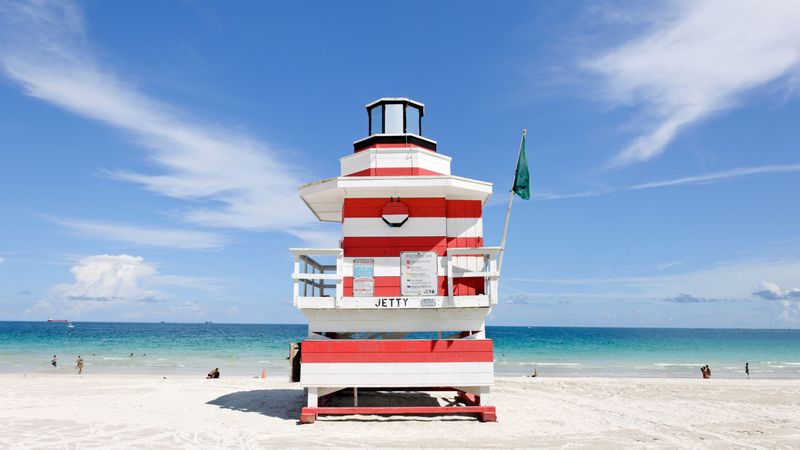
Celebrity sightings and Instagram photos hide a darker reality at this world-famous destination. Despite heavy lifeguard presence, drowning rates remain surprisingly high due to deceptive wave conditions and intoxicated swimmers.
Jet ski accidents spike during peak tourist season as inexperienced operators navigate crowded waters. Theft becomes another concern as distracted beachgoers focus on the ocean while criminals target unattended belongings.
The party atmosphere encourages risky behavior that proves deadly in ocean conditions. Swimming near lifeguard towers provides the best protection, while avoiding alcohol before entering the water could save your life at this deceptively dangerous beach.
8. St. Augustine Beach

America’s oldest city harbors some of its deadliest beach conditions. Fast-moving rip currents have claimed numerous lives, while the area’s history includes several fatal shark attacks that remind visitors of lurking dangers.
Portuguese man o’ war jellyfish seasonally invade these waters, their painful stings sending dozens to emergency rooms annually. Stingrays bury themselves in the sandy bottom, delivering venomous barbs to unsuspecting waders.
Shuffling your feet while walking in shallow water helps avoid stingray encounters, while respecting colored warning flags could prevent drowning. This historic coastline demands respect from modern visitors who want to avoid becoming part of its tragic maritime history.
1. Clearwater Beach
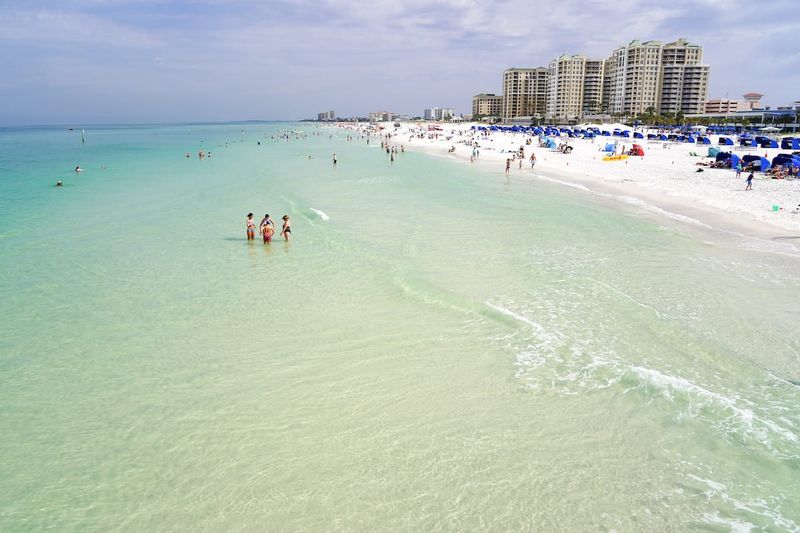
Crystal-clear waters and powdery white sand make this Gulf Coast gem irresistible to families worldwide. Located just west of Tampa, this award-winning destination consistently ranks among America’s top beaches for good reason.
Lifeguards patrol the main swimming areas year-round, providing peace of mind for parents watching their children play in the surf. The gentle slope of the ocean floor creates manageable waves that rarely overwhelm young swimmers.
Beach wheelchair rentals and accessible boardwalks ensure everyone can enjoy this coastal paradise. Nearby restaurants and shops add convenience without overwhelming the natural beauty that draws visitors back year after year.
2. Siesta Key Beach
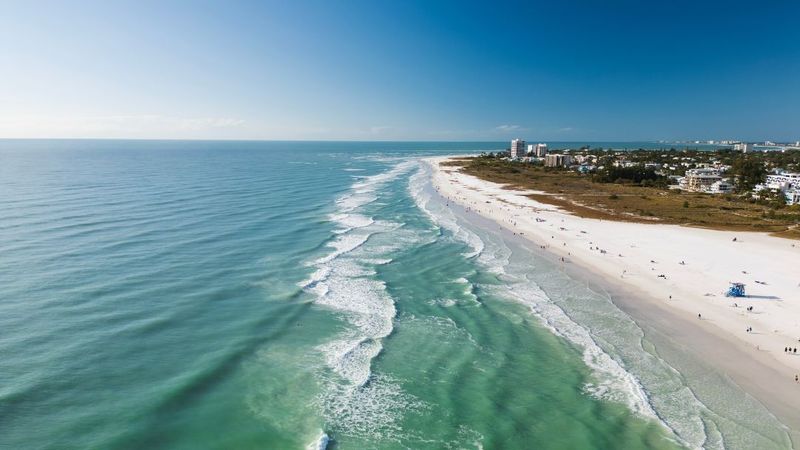
Renowned for having the finest, whitest sand in the world, this Sarasota County treasure feels like walking on cool flour even during hot summer days. The unique quartz composition keeps the sand comfortable under bare feet.
Calm Gulf waters and gradual depth changes make swimming enjoyable for all ages and skill levels. Professional lifeguards maintain constant watch during peak hours, quickly responding to any concerns.
Ample parking, clean restrooms, and shaded picnic areas complete the perfect beach day setup. The sand stays remarkably clean thanks to dedicated maintenance crews who work tirelessly to preserve this natural wonder for future generations.
3. Destin’s Crystal Beach
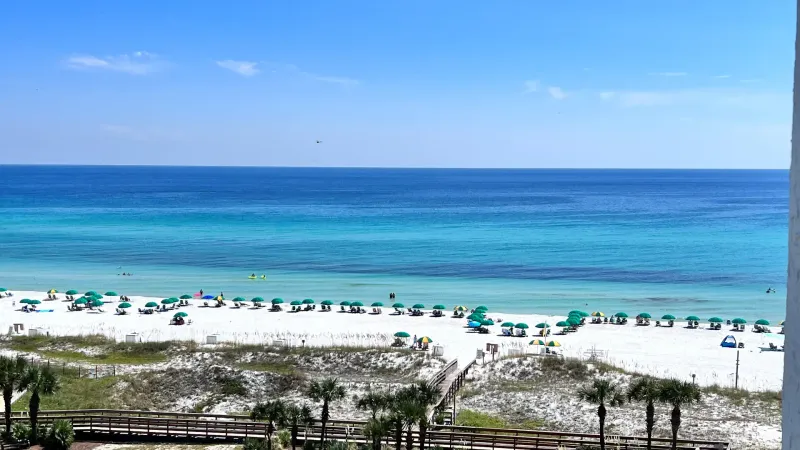
Emerald waters meet sugar-white sand along this Northwest Florida coastline, creating postcard-perfect scenery that photographers dream about capturing. The protected bay location shields swimmers from dangerous ocean currents.
Multiple lifeguard stations dot the shoreline during busy seasons, ensuring help stays within easy reach. Shallow sandbars extend far from shore, allowing children to wade safely while adults relax nearby.
Beach patrol officers regularly monitor the area, maintaining order and safety for thousands of daily visitors. The consistent wave patterns and absence of dangerous marine life make this location ideal for nervous swimmers gaining confidence in saltwater environments.
4. Cocoa Beach (North of the Pier)
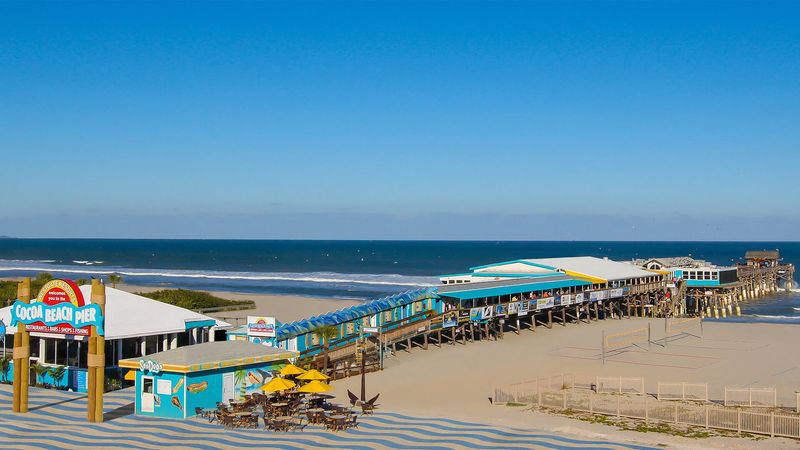
Space Coast charm meets Atlantic Ocean excitement at this legendary surfing destination, where astronauts and beach lovers have gathered for decades. The northern section offers calmer conditions away from pier crowds.
Experienced lifeguards understand local current patterns and wave conditions, providing expert guidance to visitors unfamiliar with East Coast waters. Regular shark patrols and marine life monitoring add extra security layers.
Wide beaches provide plenty of space for families to spread out and establish safe zones away from active surf areas. The proximity to Kennedy Space Center adds educational value, making beach trips both fun and enriching for curious minds of all ages.
5. Fort De Soto Park (North Beach & East Beach)
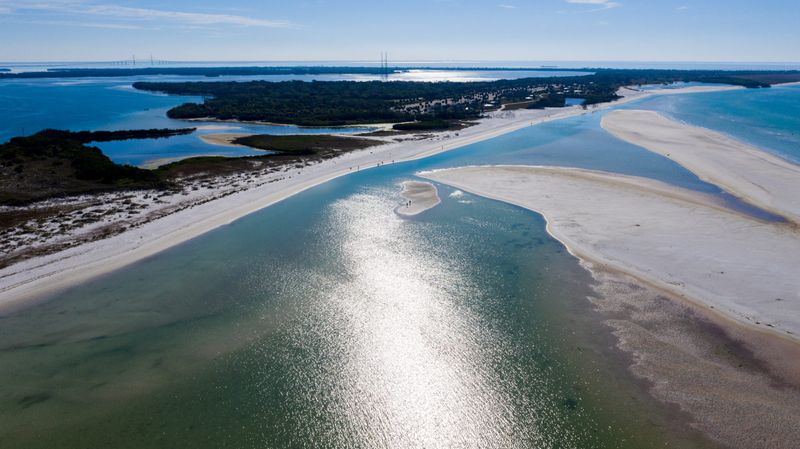
Protected within a pristine state park setting, these twin beaches offer sanctuary from crowded tourist strips while maintaining top-notch safety standards. Ancient fort ruins add historical intrigue to beach exploration.
Park rangers and seasonal lifeguards work together to monitor both land and water activities throughout the day. The sheltered location within Tampa Bay creates gentler wave action compared to open Gulf beaches.
Nature trails, fishing piers, and camping facilities transform simple beach visits into comprehensive outdoor adventures. Wildlife viewing opportunities abound, but dangerous encounters remain extremely rare thanks to careful park management and visitor education programs that promote respectful coexistence.

